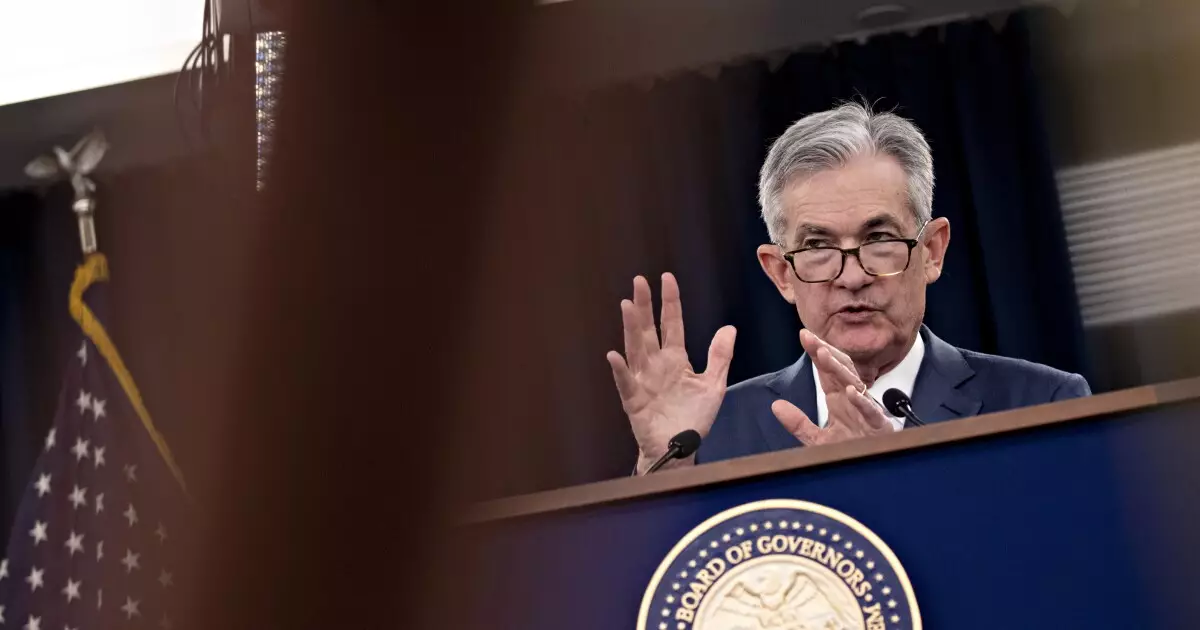The Federal Reserve’s preferred pricing index has shown signs of easing, indicating a possible interest rate cut for the first time in over four years. The recent data released by the Bureau of Economic Analysis reveals some interesting insights into the current state of inflation in the economy.
Inflation Trends
The personal consumption expenditures (PCE) index for July has shown a 2.5% increase over the same period last year. Similarly, the core PCE, which excludes food and energy prices, has experienced a 2.6% year-over-year growth. Although there was a slight increase of 0.2% from June in both indexes, the overall inflation rate has been relatively stable for the past 15 months.
Federal Reserve Chair Jerome Powell has expressed confidence in the economy’s inflation trajectory, stating that it is on a “sustainable path” towards the Fed’s 2% target. Powell’s remarks during a speech in Jackson Hole, Wyoming, suggest that the Fed could potentially start easing monetary policy in the near future. Powell emphasized that the timing and pace of rate cuts will be determined by incoming data and the evolving economic outlook.
Policy Adjustments
The Federal Reserve has maintained a target range for the federal funds rate since July 2023, but recent economic data may prompt adjustments in monetary policy. Powell and other members of the Federal Open Market Committee have indicated a cautious approach towards rate cuts, preferring to wait for clear signs of economic weakness before implementing any changes. This strategy aims to avoid the need for frequent adjustments in interest rates.
Market participants have been anticipating a rate cut of at least a quarter percentage point, with some expecting a half-percentage-point drop. The favorable inflation reading in the PCE index was broadly expected, considering other positive developments in key indexes such as the Consumer Price Index and the Producer Price Index. However, the focus is now shifting towards the labor market, with upcoming reports set to provide more insights into employment trends.
While inflation trends have been relatively stable, concerns about employment have led to a shift in focus for the Federal Reserve. The recent emphasis on full employment as a priority over price stability highlights the dual mandate of the Fed. Powell’s acknowledgment of the risks associated with both inflation and employment underscores the need for a balanced approach to monetary policy.
Future Prospects
As the Federal Reserve prepares for its next rate-setting meeting, upcoming reports on labor market conditions and inflation will play a crucial role in shaping future policy decisions. While core PCE remains the preferred measure for the Fed, a comprehensive assessment of various economic indicators will be essential in determining the overall health of the economy.
The recent data on inflation trends and the Federal Reserve’s response underscore the complexities of monetary policy in a dynamic economic environment. By carefully analyzing key indicators and adopting a cautious approach to policy adjustments, the Fed aims to navigate the challenges of maintaining price stability and promoting full employment. As the economy continues to evolve, the Fed’s ability to adapt to changing circumstances will be critical in ensuring a sustainable path for economic growth.

